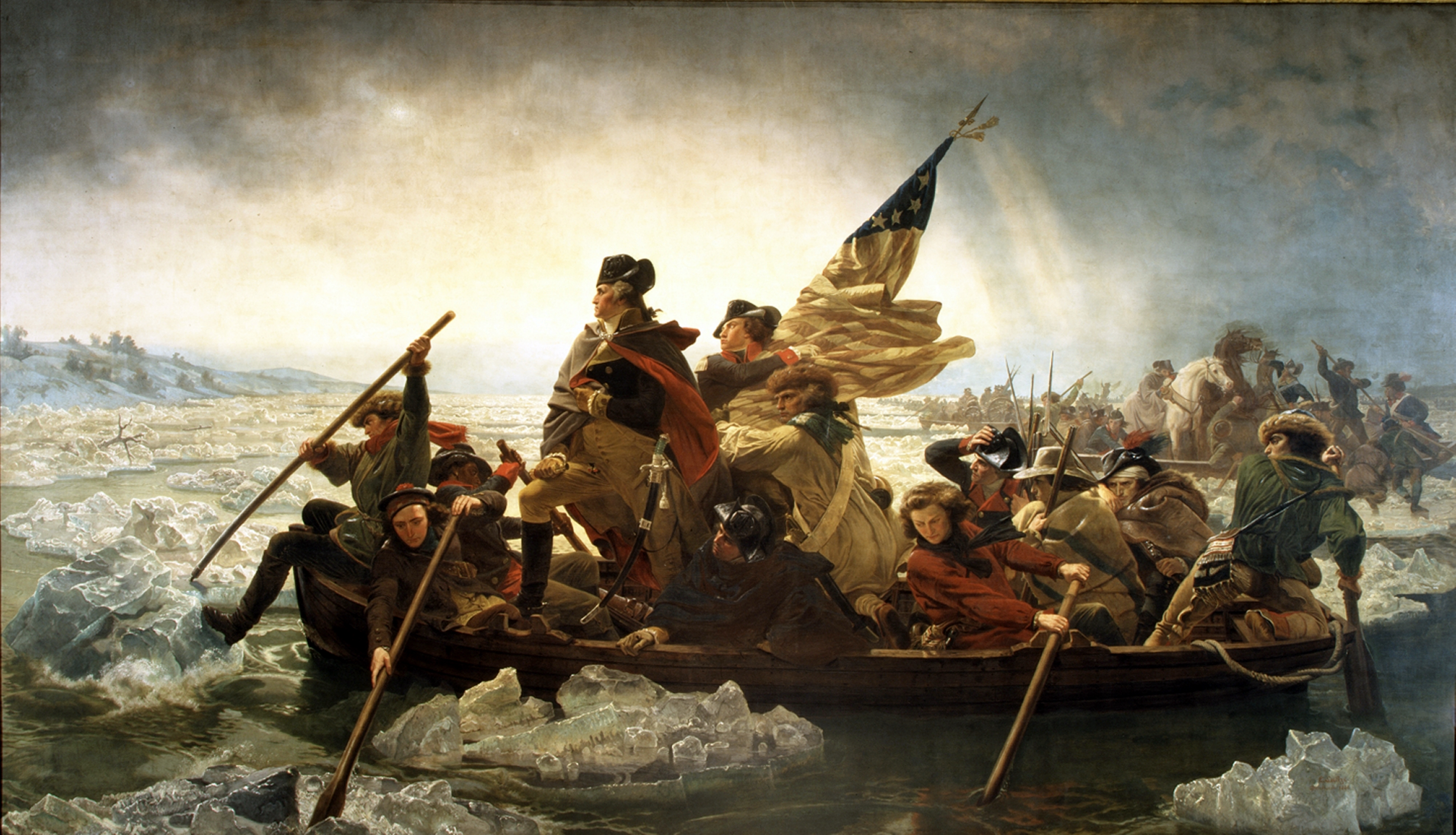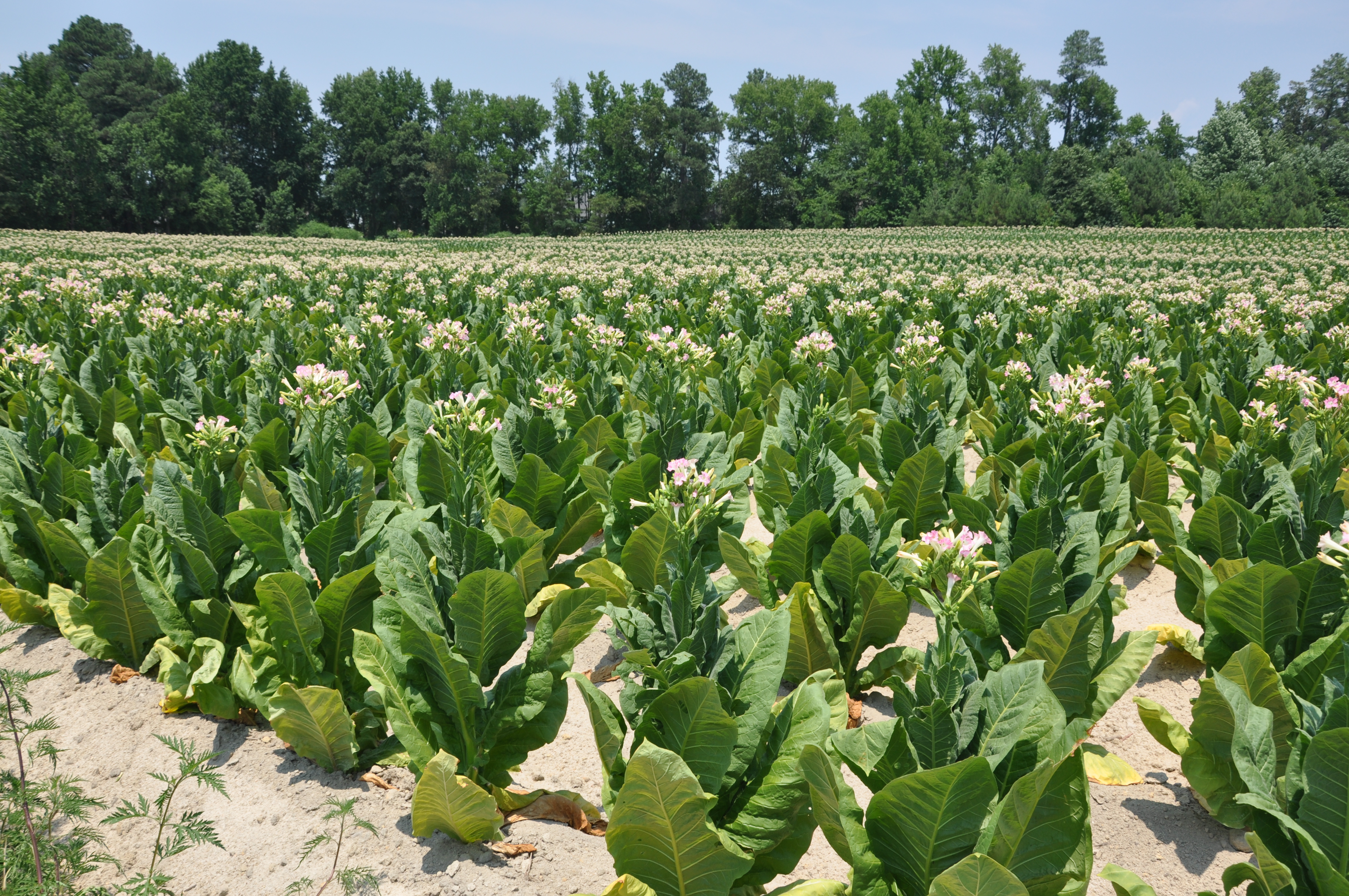The Washington Post reports on a ‘groundbreaking exhibition’ at the National Museum of African American History and Culture which ‘has taken a firm stand to focus on a controversial chapter of history: Thomas Jefferson and his slaves.’
As I am sure we all know, the prime reason for slave labour in America and the Caribbean was the cultivation of economic plants - cotton, sugar and tobacco. Which got me thinking about the impact of plants on world history. For example, tobacco.
As I am sure we all know, the prime reason for slave labour in America and the Caribbean was the cultivation of economic plants - cotton, sugar and tobacco. Which got me thinking about the impact of plants on world history. For example, tobacco.
Today, perhaps the most widely used, legal, non-prescription drug, but its history outside the Americas is just 500 years old. Yet it has financed the development of the largest Empire the world has known, and without tobacco, there would be no United States of America.
On 28th October 1492 Rodriguo de Jerez, one od Columbus’s crew became the first European to smoke tobacco. The dubious honour of introducing tobacco to Britain in 1564 or 65, fittingly belongs to a man of very dubious morals - Sir John Hawkins (1532-95), the first English slave trader.
By 1600 smoking had taken society by storm and knew no social barriers. However, James I (r.1603-25) was a rabid anti-smoker who in 1604 raised duty payable by a whopping 4000%. The result - smuggling. Yet this was not as drastic as Shah Sefi of Persia (r.1629-42)who punished smokers and tobacco merchants by pouring molten lead down their throats.
By 1600 smoking had taken society by storm and knew no social barriers. However, James I (r.1603-25) was a rabid anti-smoker who in 1604 raised duty payable by a whopping 4000%. The result - smuggling. Yet this was not as drastic as Shah Sefi of Persia (r.1629-42)who punished smokers and tobacco merchants by pouring molten lead down their throats.
The Virginia Company of London colonized Chesapeake Bay in 1606, where after the ‘starving times’ – the winter of 1609, tobacco became a lifesaver to this struggling community. Here was a crop that was not only perfectly suited to the local conditions, had relatively low production costs and a high yield per acre, but for which there was also a seemingly bottomless market across the Atlantic. The first successful commercial crop was cultivated in Virginia in 1612 by John Rolfe – husband to Pocahontas.
Tobacco was green gold and a formof curency. In 1619 the first prospective brides for the colonizers arrived from Britian - the cost of their passage, some 120 pounds weight of tobacco.
Tobacco was green gold and a formof curency. In 1619 the first prospective brides for the colonizers arrived from Britian - the cost of their passage, some 120 pounds weight of tobacco.
 |
| The Old Plantation c.1790 atttib. John Rose |
Which brings us back to slaves, for in August that year Rolfe recorded in his diary the first 20 slaves were purchased from a Dutch trader. As tobacco output rose, so did the need for slaves - some 100,000 were brought from Africa between 1690 and 1770.
Which brings us to the American Revolutionary War (1775–1783). The French supported colonies because they wanted to gain direct access to the Virginian tobacco market and gave Benjamin Franklin’s a loan secured on 5,000,000 pounds of tobacco. Incidentally one of Franklin’s first purchases was another plant product - quinine, to keep his soldiers malaria free and fighting fit.
Which brings us to the American Revolutionary War (1775–1783). The French supported colonies because they wanted to gain direct access to the Virginian tobacco market and gave Benjamin Franklin’s a loan secured on 5,000,000 pounds of tobacco. Incidentally one of Franklin’s first purchases was another plant product - quinine, to keep his soldiers malaria free and fighting fit.
 |
| Washington Crossing the Delaware by Emanuel Leutze, 1851 |
And even the first President of the United States, George Washington, produced tobacco with the aid of 316 slaves on the 17,000 acres of land acquired when he married Martha Dandridge Custis.



No comments:
Post a Comment